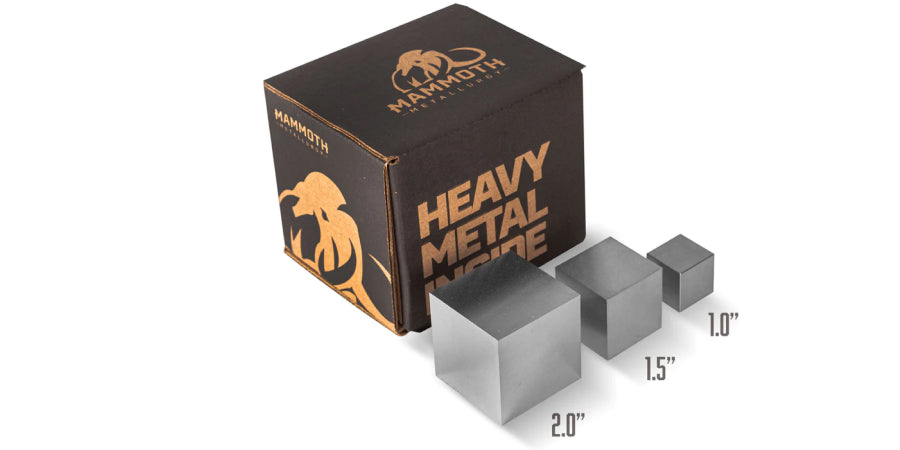The Density of Aluminum vs. Steel vs. Tungsten
When it comes to choosing the right material for a specific application, one of the key factors to consider is density. Density is the mass per unit volume of a substance and it plays a critical role in determining the overall performance of a material. In this article, we will compare the density of three popular materials: Aluminum, Steel, and Tungsten.
Aluminum:
Aluminum is a lightweight metal that has a density of 2.7 g/cm³. It is widely used in the aerospace, automotive, and construction industries due to its excellent strength-to-weight ratio, corrosion resistance, and good thermal conductivity. Aluminum alloys are also used in the manufacturing of beverage cans, computer parts, and various consumer goods.
Steel:
Steel is a heavy metal that has a density of 7.9 g/cm³. It is a popular material for building structures, machinery, and tools due to its high strength, durability, and affordability. Steel is also commonly used in the automotive and aerospace industries for its high-impact resistance and ability to withstand extreme temperatures.
Tungsten:
Tungsten is an extremely dense metal that has a density of 19.3 g/cm³. It is one of the densest materials known to man and has a melting point of 3,422°C, making it one of the most heat-resistant metals. Tungsten is commonly used in the manufacturing of electrical contacts, filaments, and various aerospace components.
Mammoth Metallurgy is a leading supplier of tungsten cubes, with sizes ranging from a 0.5-inch tungsten cube to a 4-inch tungsten cube. With a density of 19.3 g/cm³, tungsten cubes offer superior weight and durability. Whether you are looking for tungsten cubes for your own personal use or as a unique gift for a friend or family member, Mammoth Metallurgy is your go-to source for high-quality tungsten products.
Comparison of Density:
When it comes to density, tungsten is the heaviest of the three materials, followed by steel and then aluminum. However, density is not the only factor to consider when choosing a material for a specific application. Other factors such as strength, corrosion resistance, thermal conductivity, and cost must also be taken into account.
Comparison of Strength:
When it comes to strength, all three materials have their own unique advantages. Aluminum is a relatively low-strength material, with a tensile strength of around 40,000 psi (pounds per square inch). Steel, on the other hand, is a high-strength material, with a tensile strength that can range from 100,000 to 150,000 psi or even higher depending on the grade. Tungsten, while not as strong as steel, is significantly denser and has a tensile strength of around 500,000 psi, making it much stronger than both aluminum and steel on a per-unit-volume basis. So, while steel may be the best choice for high-stress applications that require extreme strength, tungsten's high density and excellent strength-to-weight ratio make it a popular choice for a variety of other applications, such as aerospace components and radiation shielding.
Comparison of Cost:
When it comes to cost, aluminum is the least expensive of the three materials, followed by steel and then tungsten. However, the cost of a material is often outweighed by its performance characteristics, so cost should not be the sole factor when making a decision.
The density of a material is an important factor to consider when choosing the right material for a specific application. While tungsten is the densest of the three materials, its high cost and limited availability make it less practical for most applications. Steel is a popular choice for its high strength and affordability, while aluminum is widely used for its lightweight and corrosion-resistant properties. Ultimately, the choice of material will depend on the specific requirements of the application.


